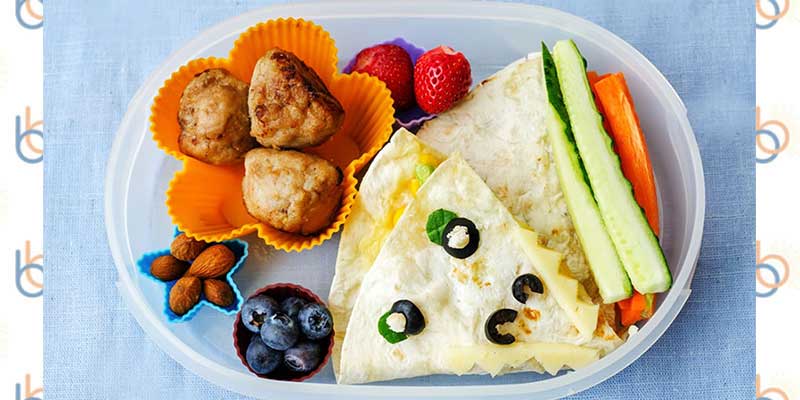Parenting Tips
How to Make a Balanced Meal

When it comes to nutrition and our kids, it seems like everyone has an opinion! Fortunately, there are plenty of qualified pediatricians, nutritionists, and food scientists studying children’s nutrition every day and providing us with good advice. As a parent, creating a healthy relationship between your child and food is a high priority. So, let’s take a whole plate approach to our children’s nutrition.
Calories vs Servings
When it comes to your toddler, a serving-based approach tends to be better than counting calories. Toddlers are notoriously picky eaters, so keeping track of the categories of food they eat is much healthier than just trying to hit a number goal and potentially loading them up on sugary, salty snack foods. A typical serving for a toddler tends to be between a ¼ and a ½ cup, or 1-2 oz. Avoid over-feeding little stomachs, and pace meals and snacks throughout the day. This avoids battles during mealtimes and the expectation to clean the plate.
Food Groups
We all remember the food guide pyramid from our school days, and the wisdom of eating from different food categories hasn’t changed much since. Every food group contains different nutrients needed for healthy development, and eating a wide variety of foods eliminates the need in most cases for supplemental nutrition like multivitamins or fortified nutrition shakes. Of course, if they’re doctor prescribed, they should be integrated into your child’s meals. So how much of these food groups should our kids be eating? When it comes to grains and vegetables, between 4-6 servings of both groups each day is ideal. Milk, fruit, and meat should all be represented between 1-3 times per day. Remember, serving sizes change as kids grow up, so adjust accordingly.
Combining Food aka A Well-Balanced Plate
When it comes to combining food, there are a lot of myths. But science tells us that eating any combination of foods has no negative effect on weight or health. In fact, well-rounded meals which combine carbohydrates, fats, and proteins are essential, not only for our enjoyment, but for our nutrition. Since we process carbs faster than fats and proteins, eating a well-balanced meal can give us the boost of energy we need, and continue to sustain us comfortably until we get hungry again. So, get creative with your kids in creating cool, colorful, and eclectic meals. Here’s a couple of our favorites!
The Californian
- 1 serving of soy-garlic marinated boneless skinless chicken breast
- 1 serving of guacamole
- 1 serving of cherry tomatoes
- 1 serving of pita chips
- 1 clementine or half an orange
The Toast with the Most
- 1 large piece of multigrain toast (or oat nut toast for older kids)
- 1 serving of nut butter on the toast
- Sliced banana to cover nut butter
- Drizzle of honey on top, cut toast into planks
- Serve with 1 egg mixed with sautéed spinach and chopped broccoli on the side and a sprinkle of cheddar cheese
The Not-So-Square Roots
- 1 serving of sweet potato, beet, and parsnip hash
- 1 serving of orange juice glazed pork
- 1 serving side salad with sliced radish, carrots, and a lemon vinaigrette
What kind of balanced combos can you make at your house today? Let’s get cooking!


